Product managers are rare animals. They can be product designers, product strategists or product marketers - but they all have one thing in common: the ability to find a product-market fit. This separates an acceptable product manager from an excellent product manager.
Product managers are the driving force behind products and services that are changing our lives for the better. And for this reason, it is crucial that we understand how to harness their power and turn them into successful product teams that can create impressive products on demand.
In this article, we will examine how to tackle the role of product manager and structure your team so that you can become an excellent leader of a successful product team that knows how to adapt to the product market at every stage of product development.
In product management, a product manager helps a product reach product market fit and helps it grow by focusing on the product's business needs. The product manager communicates with the different stakeholders in a company to manage their product roadmap to align with company goals.
 product manager is the one who will carry the vision of the company, the product and the users to ensure that the product delivered is in line with all parties." class="wp-image-2145" />
product manager is the one who will carry the vision of the company, the product and the users to ensure that the product delivered is in line with all parties." class="wp-image-2145" />A product manager should know business models, product design, product marketing and product development. To do this, there is no standard role in product management.
Depending on the size and stage of your product, you will have to adapt your product management approach to your product and team. What matters is that you constantly ask yourself:
A product manager implements the product strategy, while a product designer implements the product design. To create the desired product, the product manager must be involved in the early conversations with other stakeholders. You also use data and insights to make critical product decisions.

Product designers produce designs that comprise wireframes, user flows, style tiles, item pages and more for UX (user experience) professionals based on customer insight and business objectives. Their experience should be related to graphic design or other visual media, such as illustration or animation, before they move into UX roles.
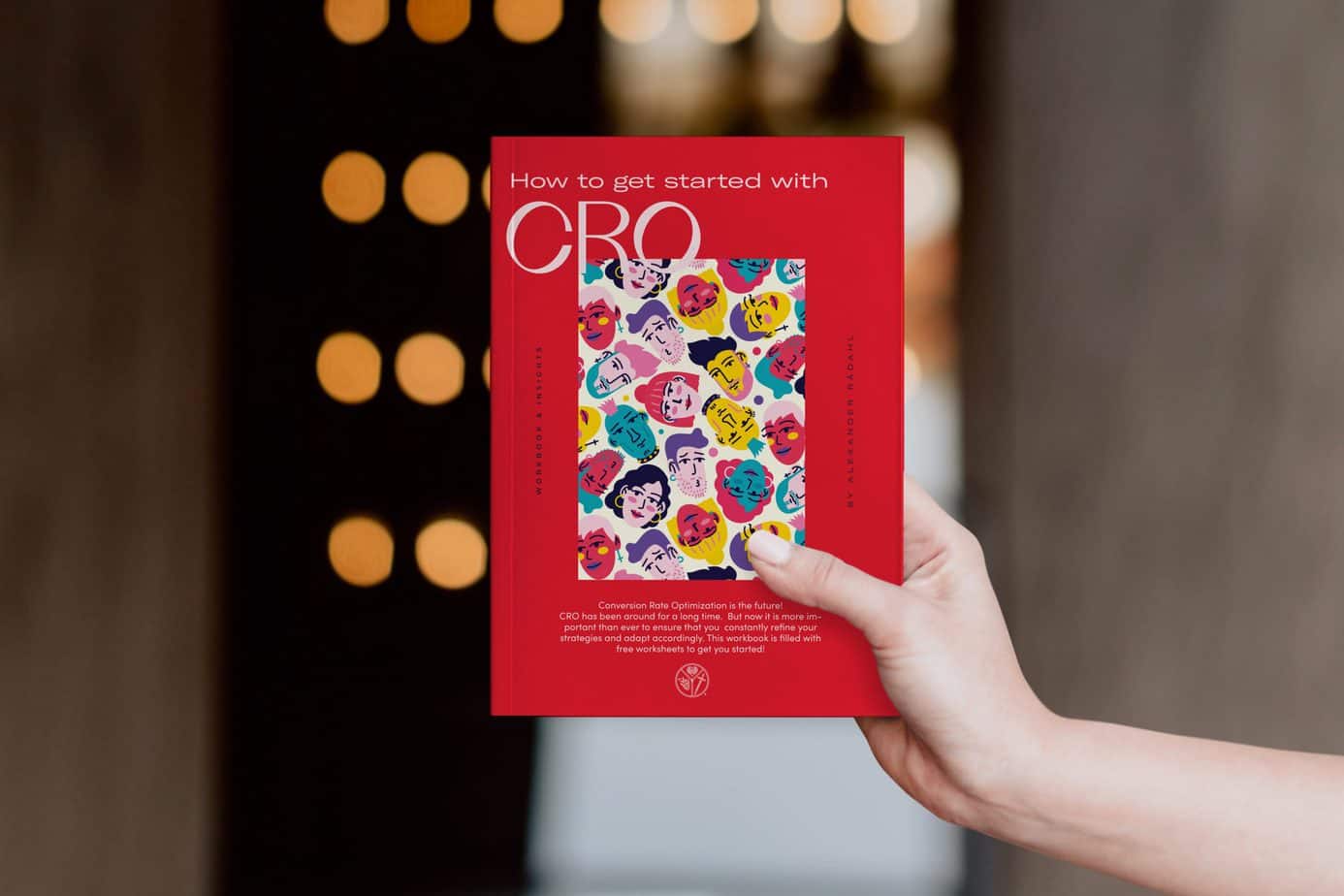
Product managers should use customer feedback and other data sets available for decision-making. For example, a product manager might want to take a survey to ask customers what they think of a new feature. They should also make a timeline for how they plan to execute the idea and their strategy.
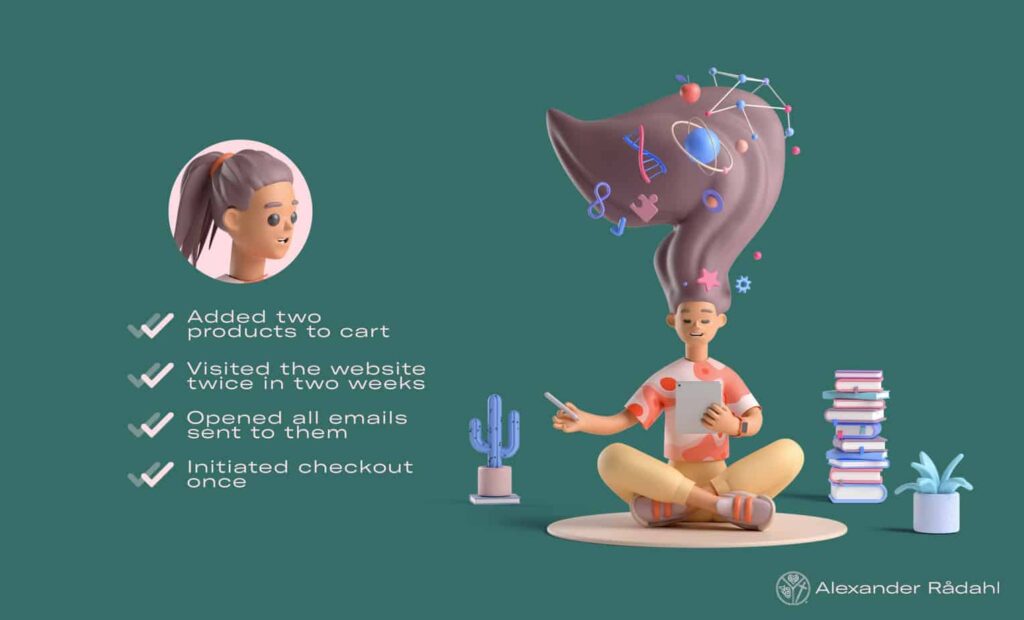
To maximize the chances of a successful product, it is best to hire people who are diverse in terms of their skills. Ideally, all team members should be cross-functional and have experience in development and operation. All team members must understand the product vision from all perspectives - from back-end developers to UX designers.

We have already talked about the responsibility of the product manager, but I would like to go deeper into each of the other roles and their responsibility in developing a successful digital product.
The job of UX and UI designers is to create wire frames and UI designs for the digital product. They should use competitive analyses and heuristic research to guide the team's decisions.
In the Norwegian job market, the job of a UX designer is often regarded as everything from ideation to the delivery of final high-fidelity prototypes. To be perfectly honest, it is impossible to be competent at every stage of the process. I like to work with a team in which the UX designer executes on what they are extraordinary at, and the UI designer or graphic designer ensures that the high-fidelity quality is on par with what we want to deliver as a team.
The responsibility of the back-end developer or engineer in the successful development of a product is to ensure that the product can be implemented in the current architecture and scaled in the future.
They also need to make rough estimates of the time spent developing various parts of the system, and have a profound understanding of how this new product will affect other parts of the entire product.
An analyst (or data scientist) should monitor analytics metrics that provide useful information about user behavior in the product. This person needs to know how the data can lead the process of creating a successful digital product.
The QA tester must ensure the product works before it is released. They should find bugs, test for usability, and work with the product team to ensure that all features are successfully built. The tester should carry out manual and automated tests.
Marketing insights are crucial to understanding whether the product is well built, but also how it is positioned in the market according to what customers are looking for.
This role is crucial to understanding how the customer feels about the product. It is important to understand what they need, but also to ensure that they are satisfied with the product after its successful launch.
They also play a crucial role in understanding the current pain points faced by customers and in determining what we need to tackle to develop a successful product.
The timeframe for a project like this is usually a few months or more. The product manager should be involved from about six months before the start of development.
I want to identify the barriers that prevent me from delivering a successful product. Then I give priority to the list, which I think will be the biggest challenge based on previous experiences and research, and then work through it.
The goal of a product manager is to deliver a successful product that meets business goals and needs and provides value to end users.
Alexander Rådahl
Based on the data I collect, I must create a roadmap for each product based on the priority and weight I gave each feature.
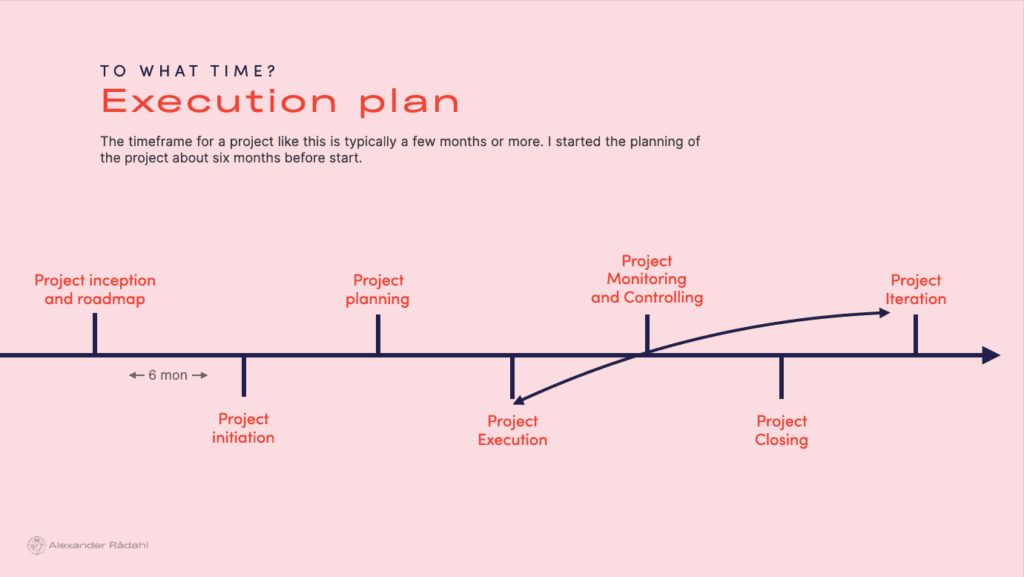
This phase starts with stakeholders and product managers about six months before the product starts. This is to plan and define it accordingly in the roadmap, so that all stakeholders and the team understand clearly what is going on in the roadmap.
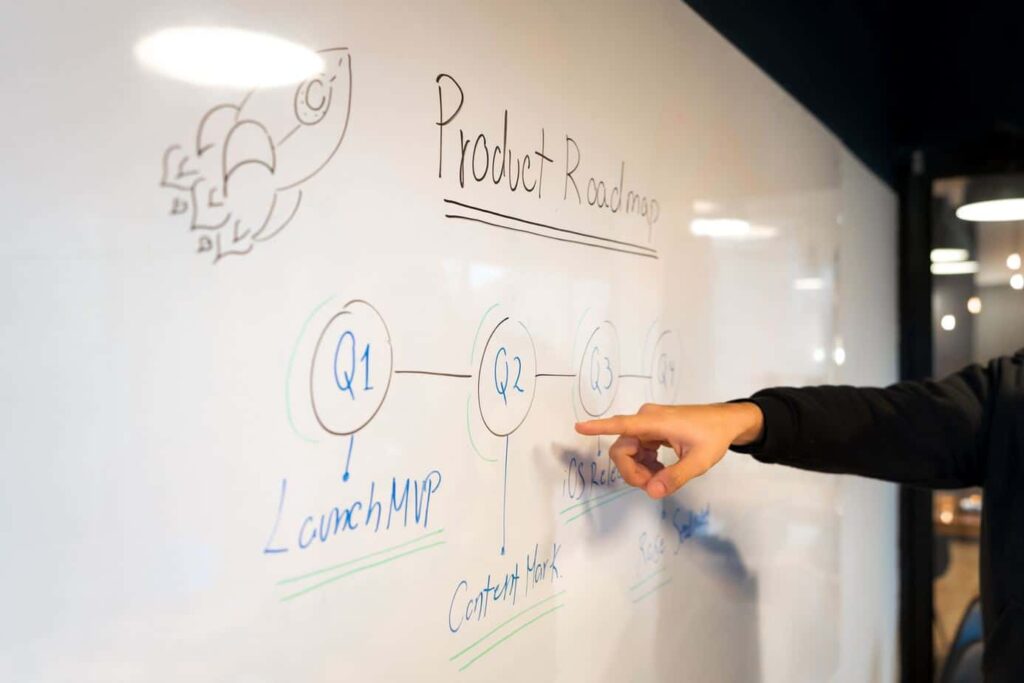
During the inception of the product, it is important to carry out market research and competitive analysis. Also to identify what the business goal this product aims to achieve (for example, profit increase). At that point, I would talk to stakeholders about their goals, and then try to find out how I can best value them with this project. The main goal is to identify risks and then minimize them with different strategies.
This is the start of the product development cycle. The main goal is to complete the technical specification of the product, so that the work can start on each part of this project. The team comes together to brainstorm, research and define what we are building.
This phase is also the first opportunity to discover whether we have a problem with our approach - do we have enough knowledge in our team to implement the idea? Are there technical constraints that prevent us from moving forward with this project, etc.?
At this stage, it is important that we decide to produce a product that is in line with the values of the company and the goals of the North Star, but also with the needs and desires of our users. The product should be an accumulation of the teams effort, and everyone should feel like they have a part in what we're making, know why we're doing it, and feel ownership of the final outcome.

This is the first detailed plan for building the product. This phase focuses on how we will bring this idea to life by breaking it down into different tasks, estimating them, and putting deadlines on tasks. It is important that everyone knows what they are doing, when they have to do it, who is responsible for it and how valuable this task is.
The duration of the project will vary from project to project. However, the development of the new product will last about 2-3 months.
The main objective is to finish the product. Each team member has their tasks and must work towards the completion of each task to ensure that we can deliver a finished product by the deadline.
During this phase, it is important to inform stakeholders about what is being done, on track or delayed in the project.
An important task that needs to be done every week is to report progress on each part of the project. With this, we can understand how much work has been done and identify whether there are problems with it (if it is not up to standards or delayed).
We will also try to figure out the reasons why something is delayed or not in line with the standard, and then try to solve it.
This phase will also monitor market opportunities and competitors' movies. It is important to understand whether we can pivot our product in response to what they do, or whether we must continue with the current strategy.
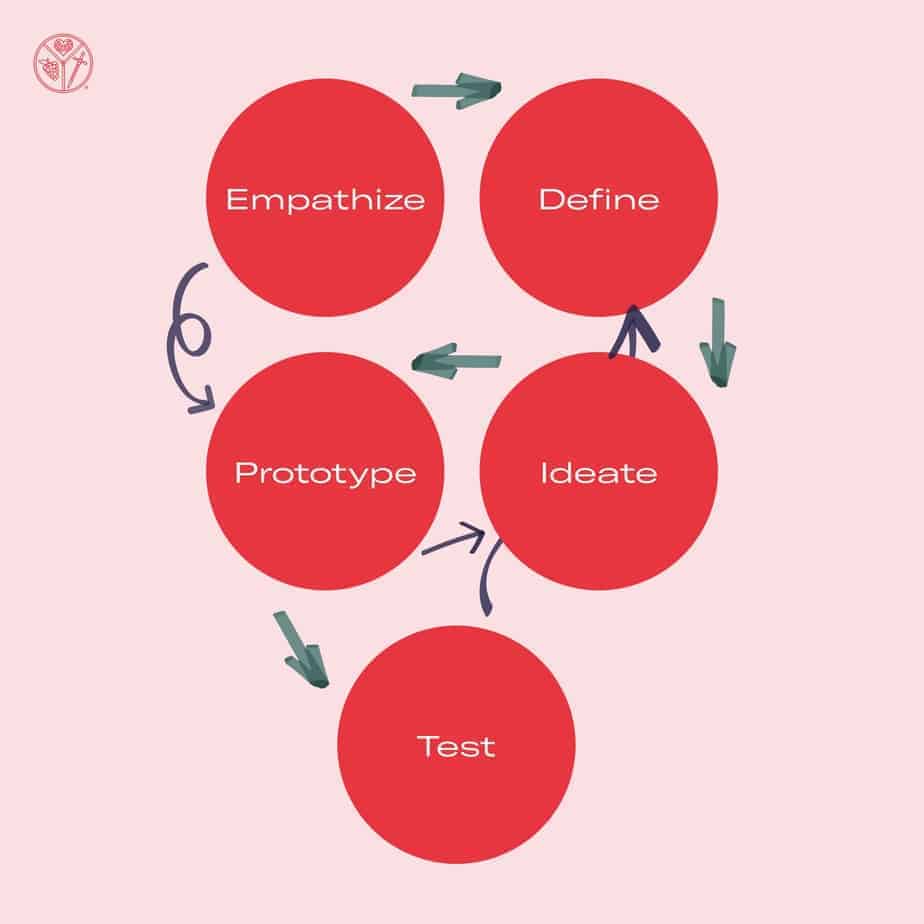
During execution and monitoring, QA and testing are also a huge part of the work that needs to be done to ensure that we deliver a functional product.
In this phase, we sign and review the new product. This is also an opportunity to think about the lessons learned and what we can improve next time.
At this stage, it is important to have a quick review of the original problem or need that initiated this project. We need to understand whether our solution worked as expected, and, if not, why. And then think about what we can do better next time and how we can improve our process for future projects.
In my opinion, product development has barely begun at this stage!
This phase is about identifying opportunities for further development of the product, either by adding more features or improving existing ones. It is important to examine feedback, user tests and discuss with stakeholders what they want to achieve in the next iteration, and then work on it. These iterations can continue until we are satisfied with the results.
Product development is a complex task. Among the many challenges a product manager faces, one of the most common is not having enough time and resources to create his digital products.
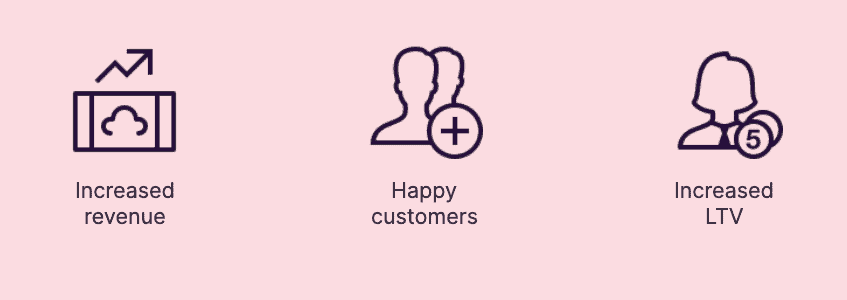
To ensure that stakeholders and company understand the value of the product you create, it is crucial to research what potential benefits might be. This could be done with external data sources, or with the help of your data scientist, you can find data in previous projects to support the benefits of this upcoming project.
If you want to nail it, align it with its core values and its north star goal.
With proper planning, most risks in a project can be eliminated. There are several areas where a product manager needs to pay attention to risk.
The most important thing for product managers in the product development cycle is to define problems with the product in order to be prepared if a disaster strikes. By looking at the risks, they ensure that when they build a product, they build something people want. If they don't, it won't be successful.
One of the keys to managing product development is to know when you're done. Developers usually hit roadblocks at some point in their implementation, sometimes either slowing them down or abruptly stopping them in their tracks. This can be due to a lack of resources, a lack of clarity about how to proceed, or simply because developers are human and fall victim to overconfidence in what they think about system implementation. As a PM, my biggest role in this type of situation is to give clarity and ensure that things get done. This can be a sensitive balance. Too much input from the PM or the business can cause unwanted friction in attempting to implement something. However, it is my job as a product manager to ensure that something is done if something is wrong. Period.

Part of managing product development is to anticipate problems or issues before they arise. As a PM, I'm not doing my job if I don't. It is also the role of a product manager to guide decision-making, even if you are not directly involved in the technical implementation. Not to mention that great PMs are forward-thinkers and strategists. A product manager should anticipate what is coming next, know how it might affect the product plan, and implement protections to ensure that they are not blindsided by problems down the line.
Another important role of a product manager is the communication with the company. It is my job to ensure that they understand what we are doing and why. It is my responsibility to share with them any problems or problems that could negatively affect their departments when they arise.
This may be a little obvious, but there needs to be some clarification. A project manager sets scope and managing deadlines for a particular product development project. It is their job to monitor progress and to hold teams accountable for achieving targets. My team is responsible for their work on our product vision and goals. Nevertheless, it is ultimately up to me to decide whether timetables are achievable once we have developed our goals and targets. A product manager should know when long-term targets are unfeasible. This is just as important as knowing when to take risks.
The success of a product manager depends on its ability to communicate with several teams and departments within the company, not simply technical ones. In order to be effective, they must be able to convey concise and clear messages, both inside and outside the organization. As a PM, I have to explain the product vision and strategy to sales, marketing, technology teams, business owners, etc.

Product managers are also expected to have strong analytics or data-driven decision-making. Whether it's quantitative analyst skills or experience with tools like Google Analytics, it's important that product managers have thorough analysis skills and can communicate and understand data and trends.

A product manager is also responsible for understanding the competitive landscape and keeping up to date with new digital products in its field. A product manager must not only know what is going on within their own company, but also outside of it.
Finally, a product manager needs to understand the people with whom they work. I have to read business people, understand what motivates them and how they make decisions, so that I can explain our product strategy in the most effective way, both to my team and outside.
I think one of the biggest challenges for product managers is to balance their time between doing all the things I mentioned above. It's a big job, and it takes a certain type of person to do all those things well.
Examples of trade-off decisions a product manager has to make include how much time and money to spend on the development of the product, when or whether there should be a prototype for testing with users, and which focus the product should focus on.
Some trade-off decisions a product manager may have to make are what the product should be built for, what should be the right way to build it, and how do we allocate resources. It could also be that you realize that there is not enough time to develop the entire project, and you have to split the product into pieces.
There are some typical risks that you should always consider when you start a project. The first risk could be that the company could not generate sufficient revenue from the digital product. The second risk could be that people do not want the finished solution or do not realize the need for it. I usually address these problems by researching how the company could generate revenue from the product, and also how it can test marketing messages before hand to understand what people think of it.

Some more common risks a product manager identifies are that the scope of the work is unclear, there is no well-defined project management system, the team works in silos, and they do not use best practices. I used my leadership skills to set clear scope for the project. You could consult an expert to help set up a project management system, identify who was working on what part of the project so that we could collaborate more effectively, and remind everyone how important it was to use our best practices.
A product manager usually gets customer feedback that changes the development of the digital product by either not implementing or using it. Customer feedback may come in surveys, focus groups, interviews or phone calls from customers. Customer feedback can include aspects related to functionality, design, pricing and usability.
A product manager should measure how much revenue their product has generated. They can also use this information for future business strategies and to argue for a new product.
But the work does not stop here. In my experience, I always implement a full-circle development cycle that iterates on customer feedback after release. This is when we usually collect huge amounts of data and make the most important changes to a product. I would call this post-launch review.
An effective technique for managing a team is to find out what your team members want and need from you, and then consider their needs in planning. For example, if you know that one of your teammates has skills that would help the team do its job faster, you might want to plan that one of your teammates takes on some of those tasks so that they can grow and feel fulfilled.
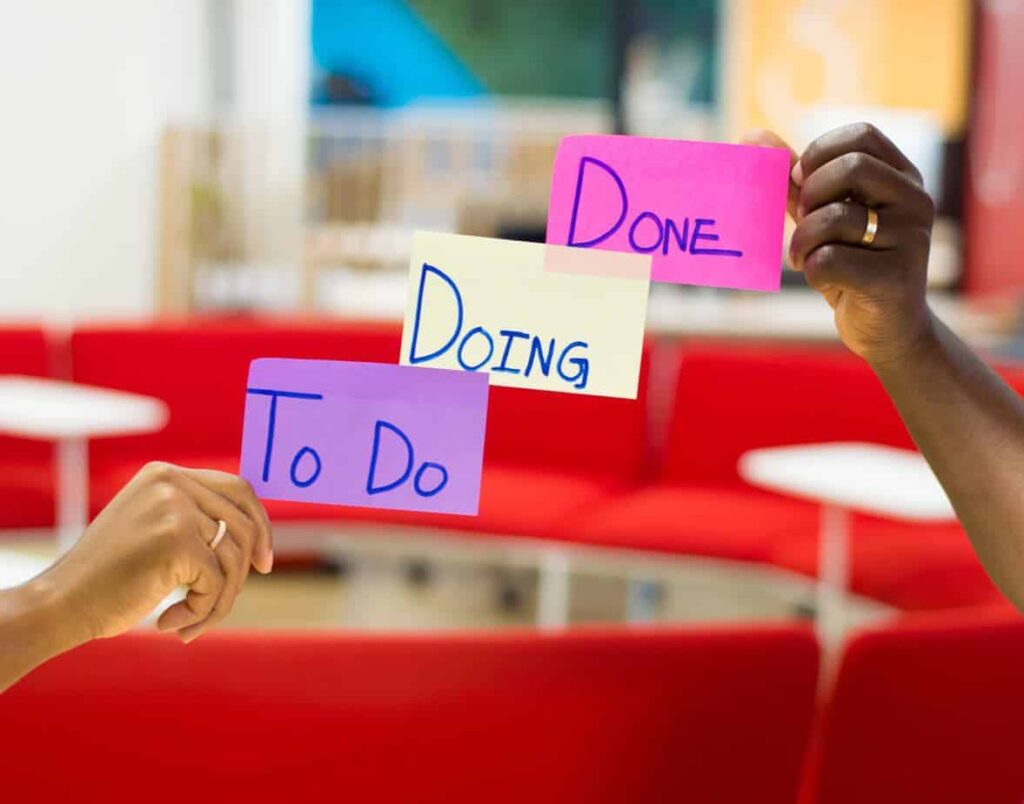
If you manage your team well, they will not need much oversight and may not need supervision at all. You can also look for opportunities to give feedback on how everyone is doing and to offer encouragement or praise where it is needed. An excellent way to build trust with your team is to help your team realize its potential and lead it along the way. Furthermore, you should be approachable and openly communicate with your team members so that everyone can ask questions or express concerns.
Finally, if something goes beyond the job description of someone else, it is a wonderful idea to raise this issue with your manager so that they can help with the problems at hand.
On the one hand, I think it is important to set goals as a team that are achievable. It is also evident that teams need a strong sense of cohesion, which can make planning and strategy easier for them. It is also important to approach team and personal goals from a realistic perspective. This will enable your team to develop achievable targets that are well applied to their tasks. I often find this strategy can help your team have a strong sense of direction and feel clear about what the company needs from them.
As a product manager, you can best set clear expectations for your team. In this way, they will know what is expected of them and how much time is needed for each task. In addition to setting clear expectations, it is important to give your team the opportunity to have their own input on things. The more committed they are, the more likely they are to work well together and develop a successful product.
For future work as a product manager, I want to find people who are detail-oriented, innovative, passionate about the space, have the ability to think creatively and are quick learners.
The first thing I would do is admit that I made a mistake and that this project requires more work than expected. If you think there is still enough time before the deadline, ask for an extension and commit to a better design. If the deadlines cannot be extended or there is simply not enough time left, it may be best to set extra hours and push the deadline as far as it can go, or to start breaking up your product in releases based on the priority list you created before you start the project.
For product managers, the ability to identify a product-market fit and create cohesion in their team separates them from an average product manager. And for this reason, product managers need their team members to adapt and change without too much effort to market demand.
I think you can agree we need a glass of wine after this 😂
To do this, you should always use research, UX principles and data when creating your product - which can help you find the perfect fit for the product market quickly and efficiently. The last thing any product manager wants is a group of disgruntled employees who are dissatisfied with their working environment or lack thereof.
Therefore, it is important for all stakeholders to understand how they contribute to the success of the company and themselves through strategic thinking and proactive problem solving skills.